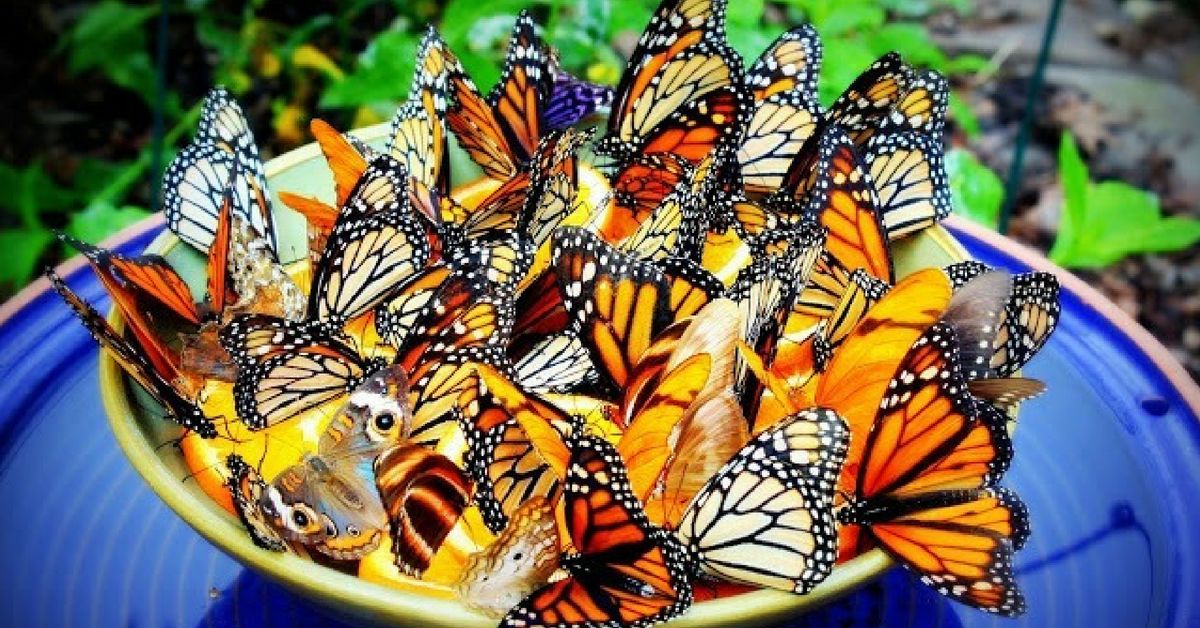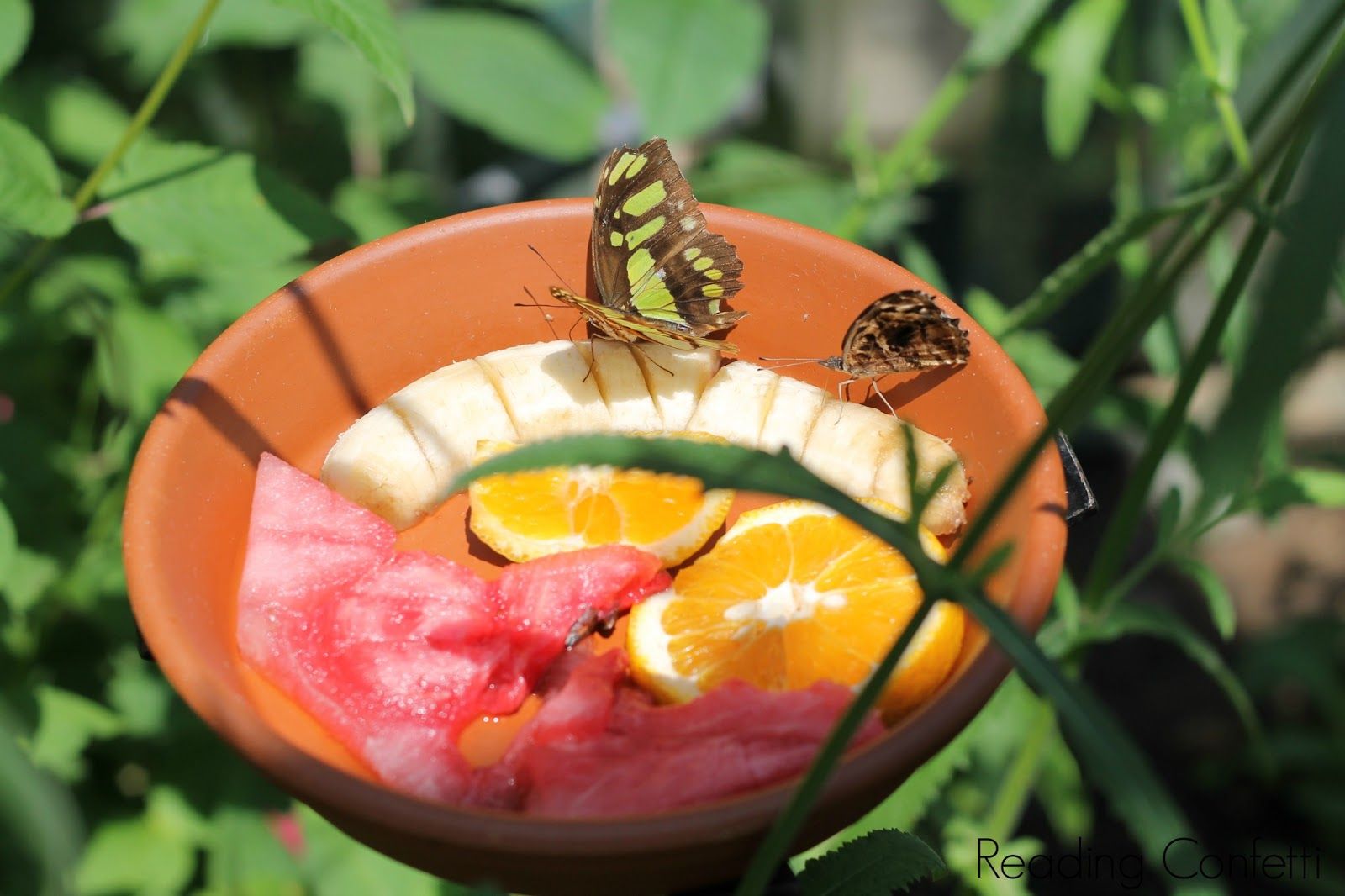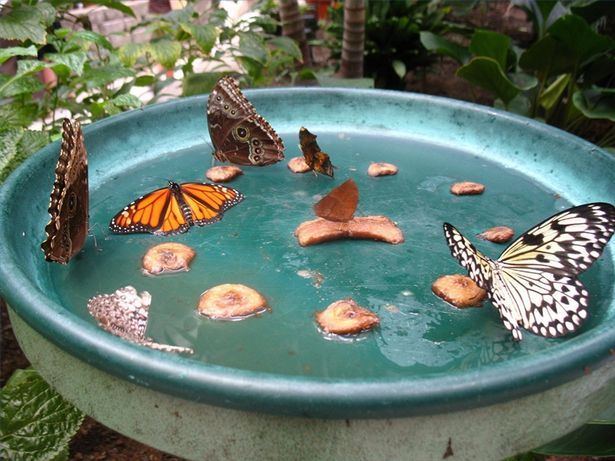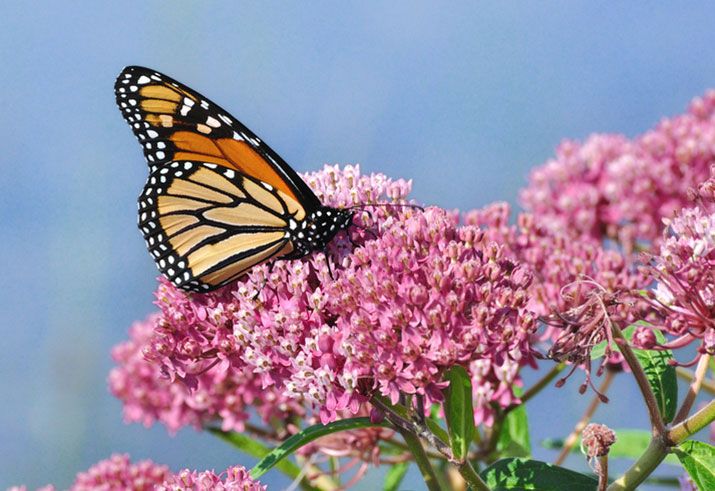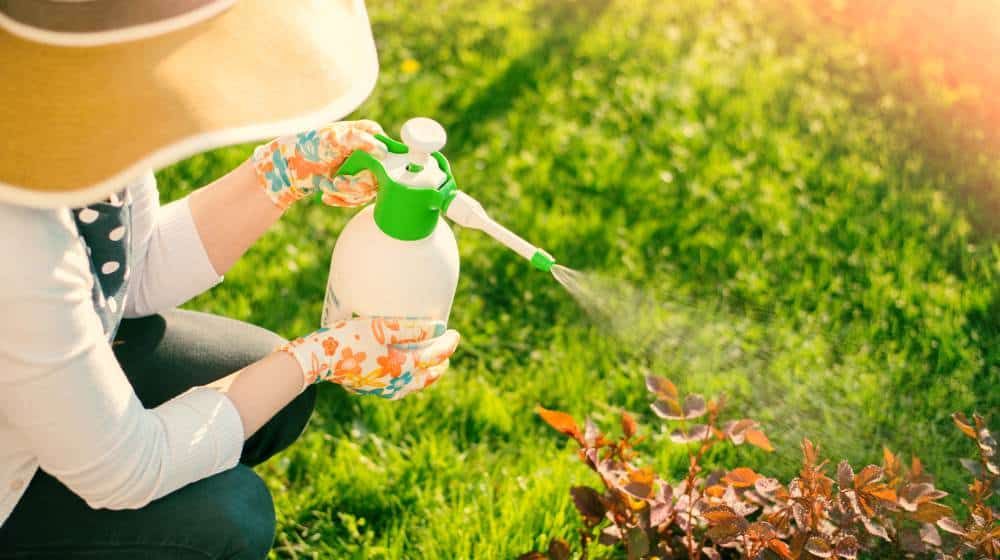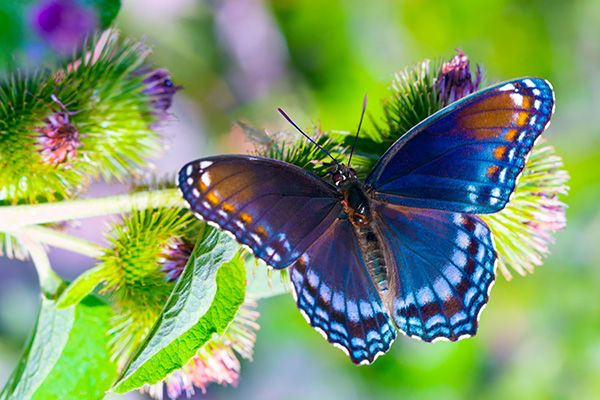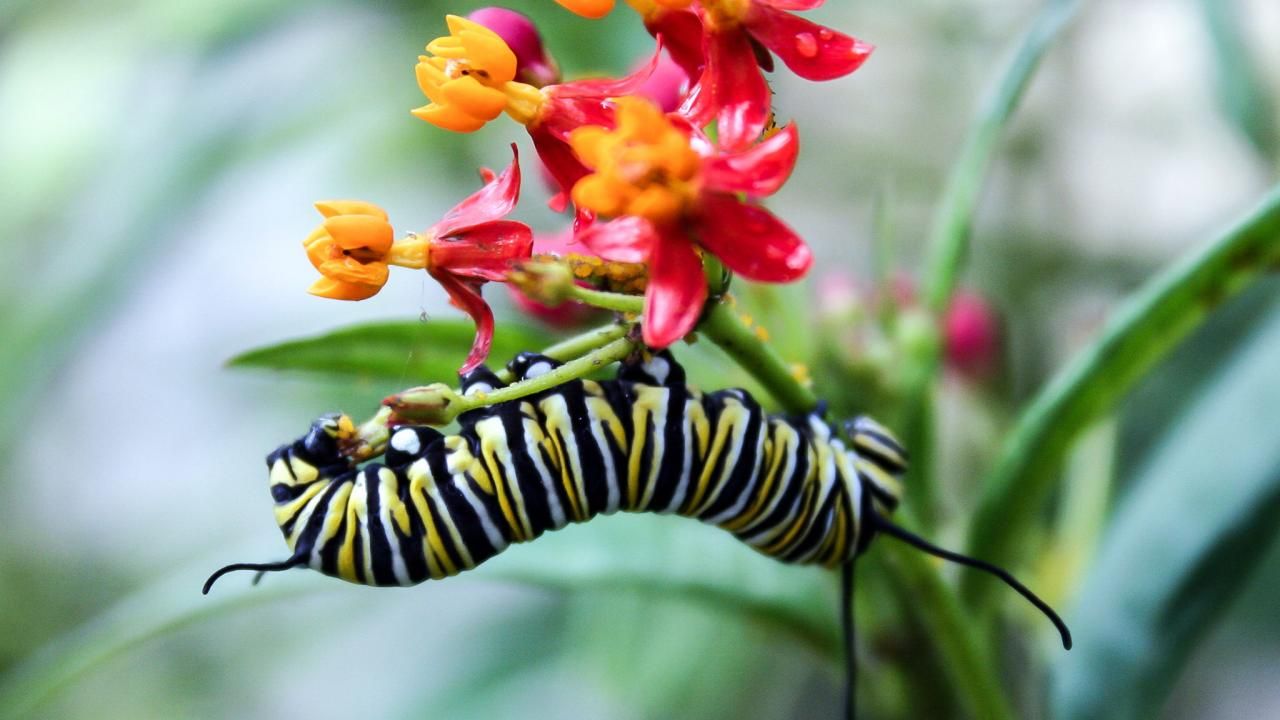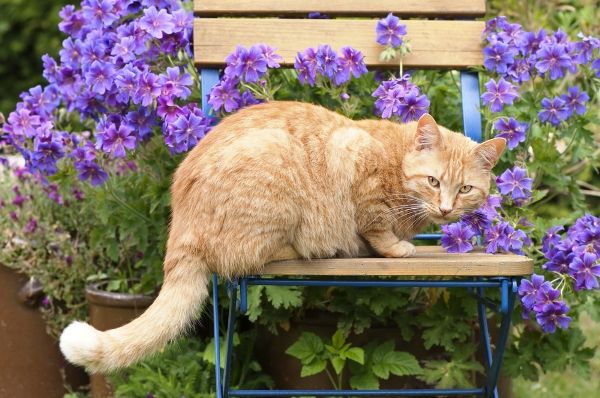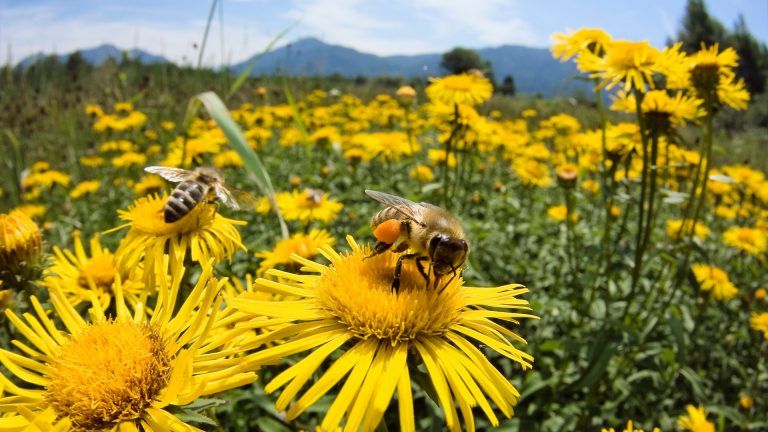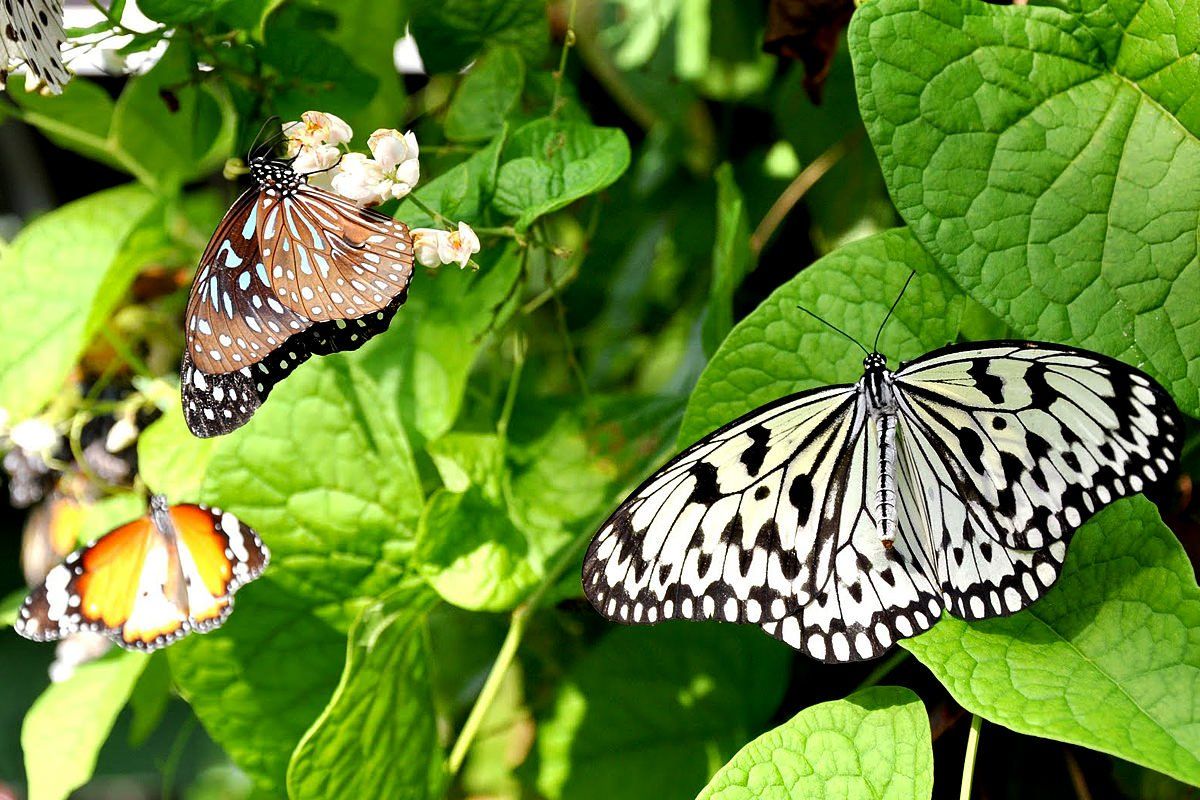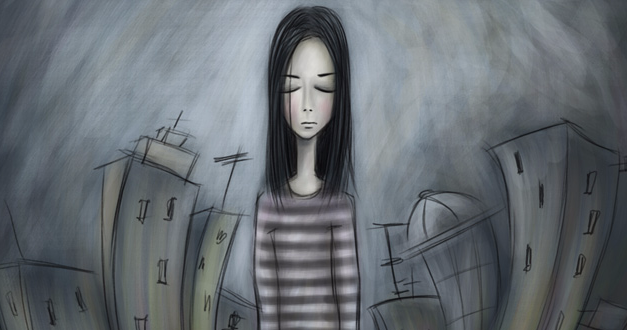What's a garden without wildlife?
Pollinators, like birds and butterflies, don't disrupt you or the plants in your garden, which is why you'll never hear them be referred to as pests.
Here are 10 ways to fill your garden with these beautiful creatures and save them before they go extinct!
1. Lure them with eucalyptus or sugary foods
Butterflies, particularly Monarchs, love eucalyptus trees. They're attracted to the scent and will be drawn to it immediately.
Another way to attract pollinators are with sugary syrups. Honey diluted in water will have them visiting your garden every day.
According to Insteading, adding soy sauce to this mixture will give butterflies the minerals and salt they need to stay healthy.
Make sure you're only feeding butterflies this sugary mix in the summer so that the mixture does not crystallize and damage their digestive system.
These majestic pollinators also love fruits like kiwi, watermelon, orange, dragon fruit, mango, and bananas. Cut the fruit and slightly squeeze the juice to make their job easier.
2. Create small puddles
Butterflies love to unwind and relax just like us. Their ideal resting spot is somewhere that gets a lot of sun.
And while they're basking in the sun, they like to cool off.
Butterflies love floating on muddy puddles and drinking water from time to time. Dirty waters also provide them salt and other nutrients.
These areas can be made by filling shallow dishes with sand or flat stones and a bit of water.
3. Plant bright colors
Butterflies are very sensitive to UV light and use their color vision to search for food. They are particularly sensitive to purple, blue, green, and red.
That being said, it's not necessarily the bright colors of plants that butterflies are attracted to, but the nectar that's found in them.
Colorful flowers tend to exude a sweet fragrance, unlike simple green leaves.
Butterflies particularly like flowers with flat heads so that they can sit comfortably while drinking nectar.
4. Throw out your pesticides
When I say throw out your pesticides, I mean all of them, even the organic ones.
These poisons that are used to protect your garden from insects and diseases will also ward off butterflies, which are the pollinators you need to take care of your garden.
Keep in mind, pesticides may get rid of whatever you don't want in the short term, but they'll get rid of organisms that will do good in the long run.
If you do choose to use pesticides, try to use the most environmentally friendly ones. When applying this toxin to your garden, make sure it doesn't come in contact with open blossoms.
5. Plant your garden where there's more sun
Butterflies are cold-blooded animals, which means their bodies don't generate enough heat.
They're highly dependent on their environment to warm up their bodies so that they can have enough energy to fly.
For that reason, butterflies absorb heat from the sun. Their wings expand like solar panels, soaking in as much energy as they can.
They look so beautiful when their wings are stretched out!
6. Choose the right milkweed
Milkweeds are a plant that have a milky sap, and butterflies go crazy for this.
Monarch larvae, in particular, only eat milkweed so if you have this plant in your garden you'll have the chance to watch caterpillars turn into butterflies.
The increase in pesticide use and the lack of milkweed plants in the environment are contributing to the decline of these insects.
Planting these in your garden will help you preserve their populations so that the next generation can enjoy watching butterflies in their garden too.
You can get butterfly garden seeds from Live Monarch for free!
Make sure you don't plant any tropical milkweed, which contain a parasite that further endangers them.
7. Make sure they feel welcome
Butterflies will only rest and feed in a place that they feel safe.
If your garden is always filled with toads, birds, snakes, lizards, or dragonflies, these gorgeous insects will find somewhere else to flutter.
If you don't have a wildlife problem, the reason why butterflies are not coming to your garden may be because of your domestic pets.
Outdoor cats are usually the culprits!
8. Grow native plants
There are reasons why native plants in your region grow better than most foreign plants. First, these plants evolved in a particular location for a reason - because they can thrive in that environment.
The local fauna has also evolved with the local flora. They depend on each other to survive, so the more you cater to them, the healthier your garden and the wildlife in your city will be.
Another positive to planting native plants is that they're much easier to care for.
They don't need too much special attention because they know how to thrive in your region's climate.
9. Avoid yellow flowers
Butterflies are attracted to the color yellow, but so are other pollinators like bees, beetles, and wasps.
These pests may wreak havoc on you and your garden, so it's best that you don't attract them.
Luckily, butterflies are attracted to many other colors, while these other bugs are mostly attracted to yellow flowers.
According to Green Living Bees, rubbing castor oil on the petals of your flowers will prevent unwanted insects.
I usually rub this oil on my bird and butterfly feeders so that other bugs don't steal their food.
10. Plant these flowers
The National Wildlife Federation recommends planting certain flowers in your garden to attract common butterflies in your region. Here are a few examples:
- Alyssum
- Aster
- Bee balm
- Butterfly bush
- Calendula
- Cosmos
- Daylily
- Delphinium
- Dianthus
- Fennel
- Globe thistle
- Goldenrod
- Hollyhock
- Lavender
- Liatris
- Marigold
- Musk mallow
- Nasturtium
- Oregano
- Phlox
- Purple coneflower
- Queen Anne's lace
- Sage
- Scabiosa
- Shasta daisy
- Stonecrop
- Verbena
- Yarrow
- Zinnia
Do you want to also attract hummingbirds to your garden? Check out these simple ways to fill your garden with these mesmerizing birds.
